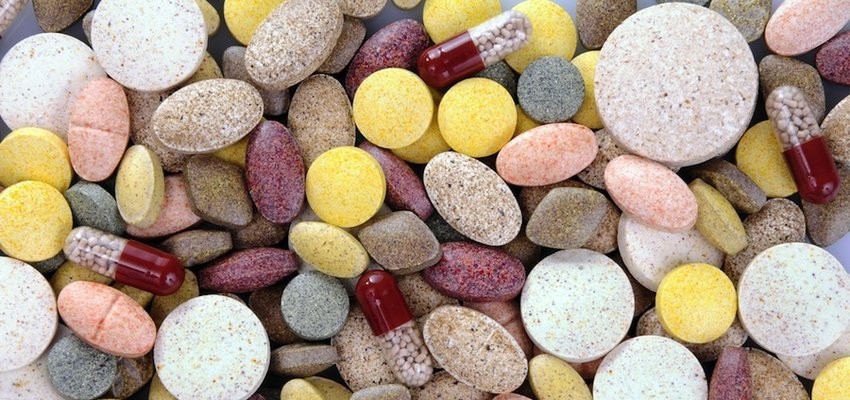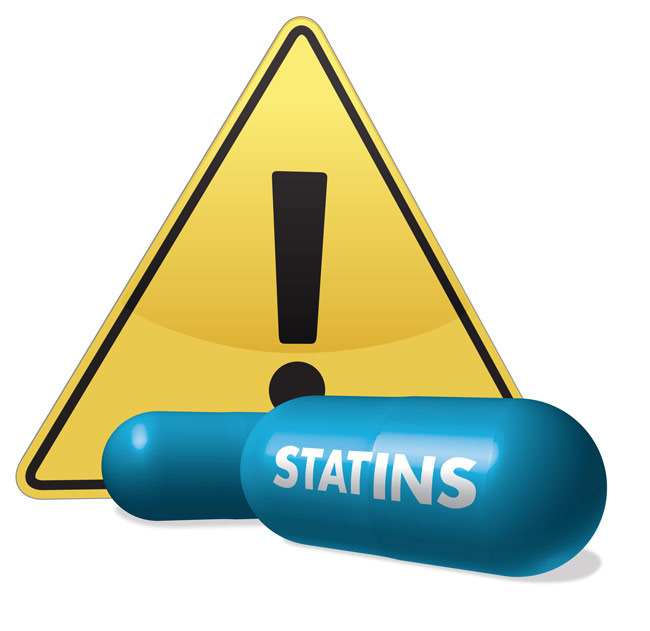
by Gill | Apr 7, 2015 | Depression
Introduction: Depression is a major public health problem, especially in women. Recent statistics indicate that approximately 63% of American women and 35% of men will experience clinical depression at some point in their lifetime. While depression is clearly a...

by Gill | Mar 29, 2015 | Weight Loss
If you are like most people, you probably have a hard time taking the weight off and keeping it off. Maybe you’ve tried several diets that didn’t work, or you found one that did but by now you’ve gained all the weight back and then some. You’ve probably also...

by Gill | Mar 24, 2015 | Weight Loss
Introduction: Could weight loss be as simple as taking the right probiotic supplement? Based upon a growing body of evidence, the answer is a definite YES! The term probiotic is used to describe the beneficial bacteria that inhabit the human intestinal tract. The word...

by Gill | Mar 17, 2015 | Natural Facts
Introduction: Ashwagandha (Withania somnifera) is one of the most revered plants in Ayurvedic medicine. Because the rejuvenating effects of Ashwagandha parallel those of Panax ginseng, it is frequently referred to as “Indian ginseng.” However, it is not a member of...

by Gill | Mar 10, 2015 | Prescription Drugs
Introduction: A new study again highlights the fact that using statin drugs to lower cholesterol levels are not at all risk free. Researchers found that statin use increased the risk of developing type 2 diabetes by 46% in men. These results are a little better than...








